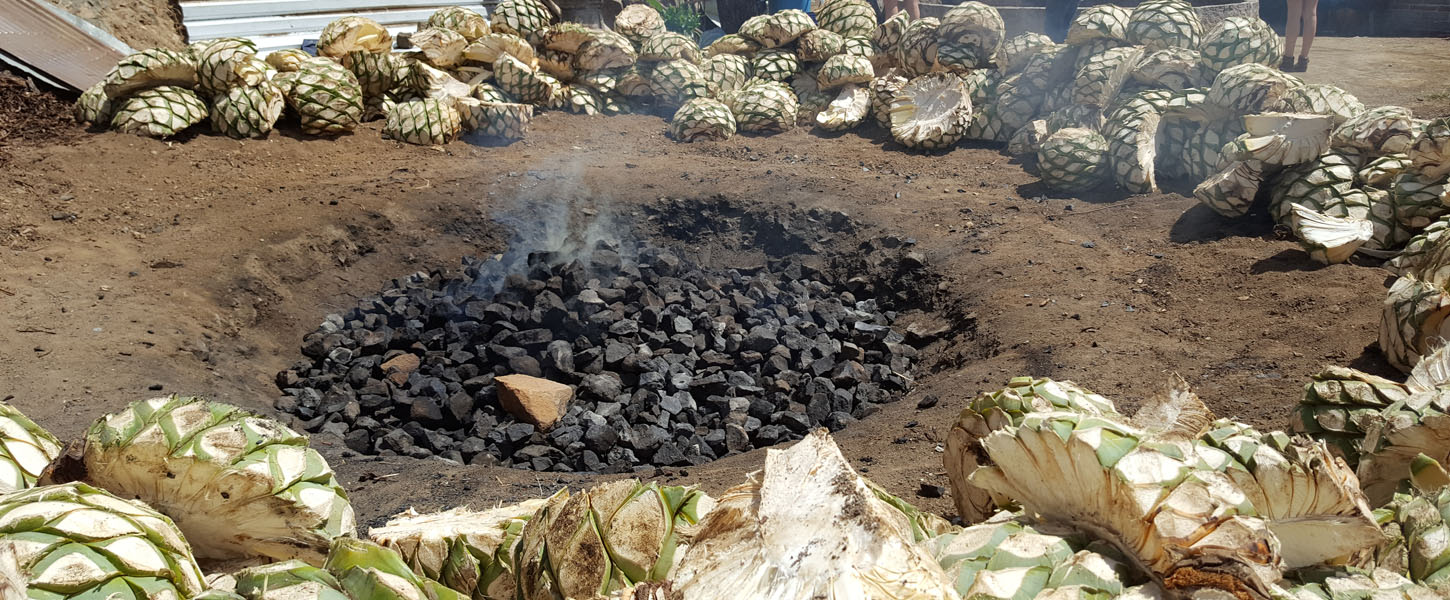

WHAT IS MEZCAL?
Quickly distinguishing itself from tequila, mezcal is experiencing rapid growth in both on and off premise locations. Predominantly sourced from the state of Oaxaca, its smoky, earthy flavor and sense of terroir only add to the mystique of this alluring and heady spirit. Due to the hands-on and rustic methods of production, mezcal (also called mescal) is often distilled in small batches and enjoys an Appellation of Origin much like French and Italian wine. Various species of agave may be used to create a variety of flavors for both modest and intrepid drinkers.
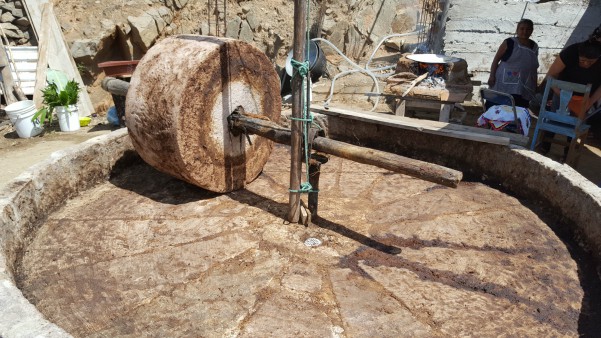
THE HISTORY OF AGAVE SPIRITS
While tequila and mezcal share their origins in the agave plant, their paths split from there. The spiky cactus-like agave piñas are harvested by jimadores, where they are trimmed, roasted and smoked underground for several days in rocky pits. This imparts strong notes of smoke, wood, and hearty earth flavors, along with the citrus and vegetal flavors from the agave plant itself. The cooked piñas are crushed beneath a horse-drawn stone wheel, or tahona in order to access the fermentable sugars and prepare the agave to become mezcal. The mash is allowed to ferment and then twice distilled to bring the spirit to proof. As with all things exotic and inspired, quality and flavor often come from a certain “je ne sais quoi” left to the expertise of Maestro Mezcaleros.
THE SMOKY ALLURE OF MEZCAL
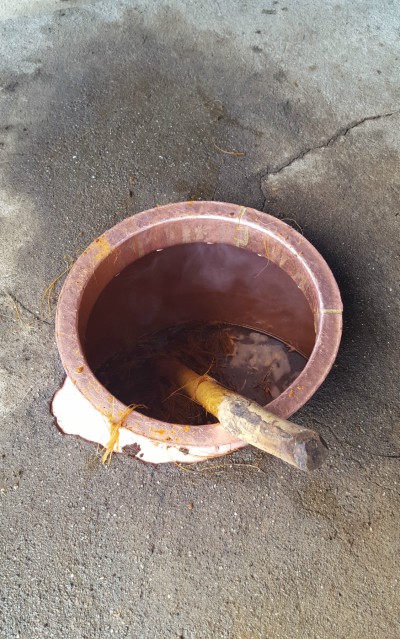
Between the southwestern United States and Mexico, there are over 200 varieties of agave. Out of those 200 varieties, 7 are used in the production of mezcal. Of those 7, one stands as the most popular and accepted default agave: Espadín. But don’t let the word default diminish the quality of Espadín. It is the gold standard; and while it is used in almost all mezcals, the taste, smell, texture, and finish vary greatly throughout. We are lucky to have such diverse options of Espadín in our portfolio.
ESPADÍN MEZCALS
To fully understand the subtle (and sometimes glaring) differences that various brands bring to the table, we opted to taste through and review side-by-side, four different Espadín Mezcals.
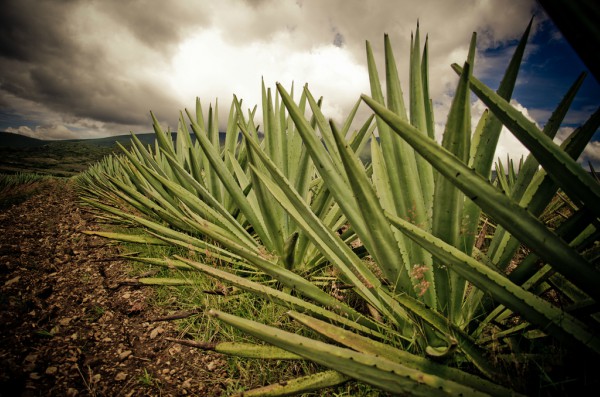
First up is the Xicaru Silver Mezcal. The nose on this is earthy and soft smoke. The flavor quickly goes to citrus and vegetal notes. Overall a great introduction to the style.
Mezcal Amaras is smokier on the nose and has bright tropical fruit notes shining though on the palate. The finish lingers and I can nearly taste the hot desert atmosphere in each sip.
Moving on to the more assertive Alipus San Juan. This single village offering is a stark contrast to the previous two mezcals. I am immediately hit with a campfire-like aroma that reminds me of late summer evenings. The transportive qualities also play into the flavor; fruity and smoky elements battle it out and I cannot help but imagine myself in Oaxaca.
Finally, Nuestra Soledad. The nose is smoky (there’s totally a theme here) but I get a hint of tropical fruits that I hope will translate to the palate. First sip and I am immediately hit with fruits and even Mexican chocolate. The smoke, although not as intense as the Alipus, is assertive and upfront. Overall this rich expression is something to sit and linger with. The flavors will last long after the glass (or copita) is empty.
After tasting through these four expressions, I am left with the impression that this plant is simply the vehicle that the master distillers use to impart their flavors. With each bottle you taste a different region; a different personality.
EXPLORING WILD AGAVE
Let us start by putting Agave Espadín aside so we can focus on why mezcals made from different varietals are so exceptional. Historically, mezcal has always been made with more than just Espadín, whether there were other varietals mixed in with the Espadín or that the entirety of the mezcal was from another such varietal.
In the US we equate age with exclusivity and quality, but with mezcal, exclusivity comes from the availability of the agave and how long that agave takes to reach harvesting age. You plant a crop of corn and come the next harvest season you have corn for ages, you plant a crop of agave and if you’re lucky it’ll be ready to pick in a decade.
Mezcal is a category that has fiercely devout believers such as visionary Ansley Coale, of Craft Distillers, who was one of the first to really highlight the specific farm and Maestro Mezcalero (master mezcal distiller). Their first release, No. 1, was a sublime mix of both Tepeztate and Tobalá from Joel Antonio Cruz. Now we are blessed to have Mezcalero No. 16 which is from Don Valente Angel in the Village of Santa Maria la Pila. Made entirely of semi-wild madrecuische agave, produces a mezcal that has a soft, plush palate with subtle fruit and subtle hints of pepper.
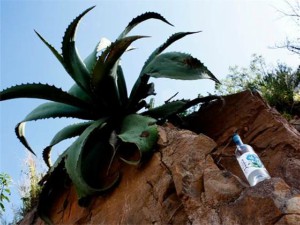
For example of “age and availability,” let’s look at El Jorgorio's Tepeztate expression for a minute. This particular agave prefers rocky hills and takes between 25-35 YEARS to reach maturity and is truly a wild agave relying solely on nature to provide with the hope that there’s enough to produce even the smallest amount of mezcal.
When you take a sip of the Tepeztate you can taste the terroir. There are beautiful mineral notes with hints of earth stemming from the plants unique growing location. You’ll find a clean, refreshing vegetal and herbaceous palate.

Another highlight of mezcal is tradition. When a town has a reason to celebrate, be they weddings or festivals, Mezcaleros will produce unique spirits that have NO comparison: Pechuga, and in this case, Pierde Almas' Pechuga. What sets this style apart is what’s added in the second distillation: turkey breast, local spices, herbs and fruits are hung inside the still. The heat of distillation rapidly extracts fats and essential oils infusing the espadín with a harmony of flavors.
Pierde Almas goes one step further and produces a style of Pechuga that is literally one-of-a-kind: Conejo. It's almost the same as their Pechuga except they use wild rabbit instead of turkey, producing an expression that is rich, gamey and savory. It is truly unique and one of the finest spirits I’ve ever had the privilege to try.
HOW TO USE MEZCAL IN COCKTAILS
So how IS mixing with mezcal different than mixing with tequila? The traditional method of smoking the agave using in-ground pits gives mezcal a very unique, smoky flavor that easily distinguishes it from tequila and adds instant depth, sweetness, and richness to a cocktail that tequila can lack.
Are you a Scotch drinker? Perfect! Mezcal is the perfect substitute for a lighter summer cocktail that still packs that smoky punch.
EASY MEZCAL COCKTAIL RECIPES
Mezcal Margarita
1.5 oz. Amaras Espadín Mezcal
0.5 oz. Rhum Clement Creole Shrubb
0.75 oz. Fresh Lime Juice
0.5 oz. Agave Nectar or Simple Syrup
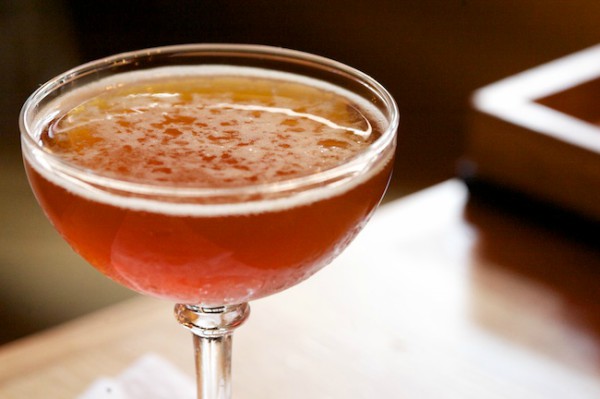
Maximillian Affair
1 oz. mezcal
1 oz. St-Germain elderflower liqueur
1/2 oz. Punt e Mes
1/4 oz. fresh lemon juice
Combine the mezcal, elderflower liqueur, Punt e Mes and lemon juice in a shaker. Add ice and shake vigorously. Strain into chilled coupe and garnish with a lemon twist.
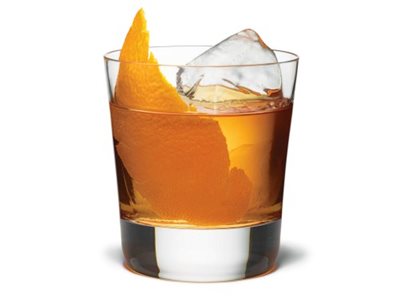
Oaxaca Old Fashioned
1½ oz. reposado tequila
½ oz. mezcal
1 bar spoon agave nectar
2 dashes Angostura bitters
Combine all the ingredients except the orange twist in an Old-Fashioned glass filled with one large ice cube. Stir until chilled. Top with a flamed orange twist, then drop the twist into the drink.
While you might find mezcal as the “smokier” substitute for traditional Agave drinks like a Margarita or Paloma, it stands on its own with creative stirred drinks as well as neat pours. In some of our favorite watering holes - that’s right, watering holes - a tipple of mezcal next to a cold beer no longer invites questions but incites imitation down the bar.

Stores are devoting sections to agave where once only stood tequila. We are lucky to have some highly educated folks who are either from Oaxaca or have connections there. Firsthand experience and passion means more and more folks here are buying, tasting, and sharing mezcal. Some local favorite bottles include Nuestra Soledad, Alipus, and Amaras, along with the crowd-friendly Xicaru.
So if you haven't figured it out already, we here at Origin Beverage are already devout believers in this wonderful spirit. We've taken a lot of care in building a unique and diverse selection from multiple regions, brought to you at wide range of price-points. Whether you want to dip in your toe with a $30 bottle of mixable Espadín, or splurge on a $150 of cherishable Arruqueno, we've got you covered!